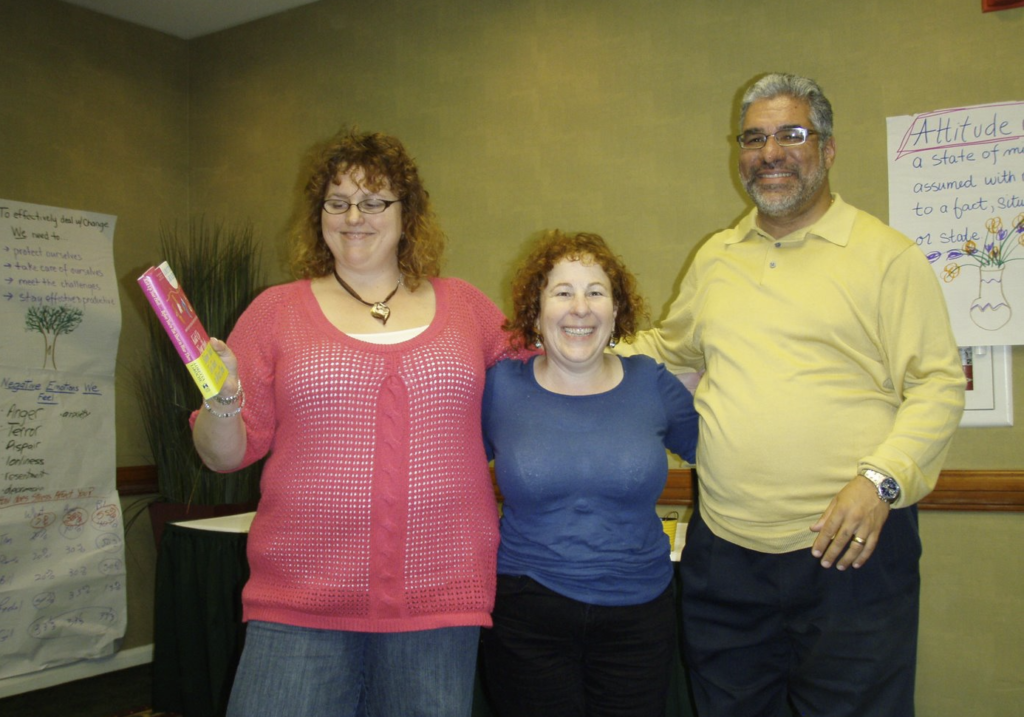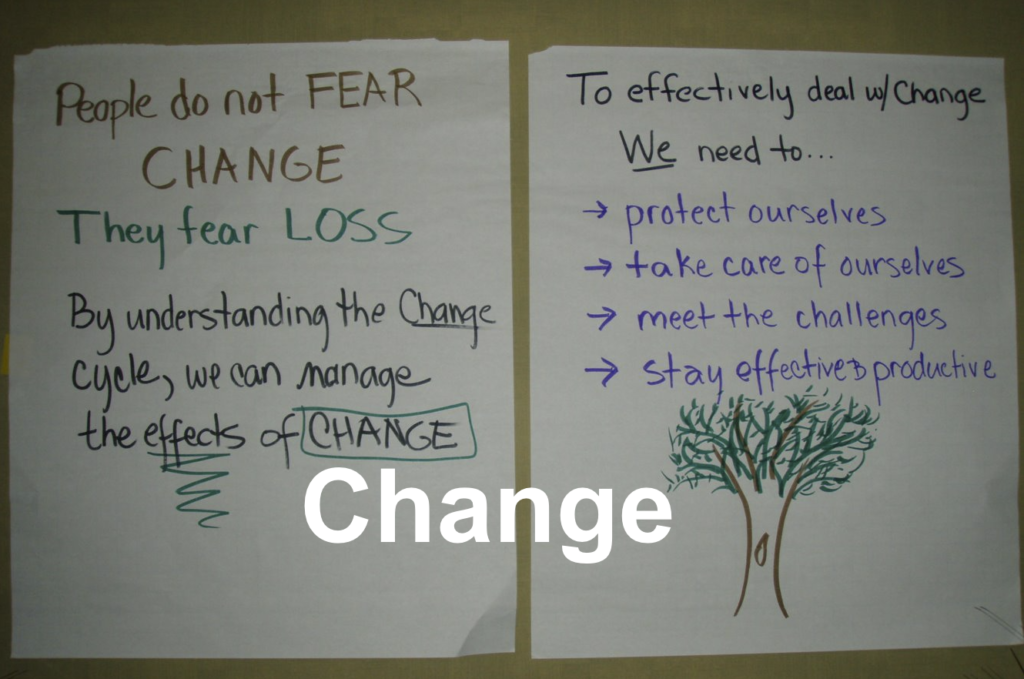
Are you an educator who may have taught productively for many years, but recently became depressed, burned out or even angry? Has it affected your teaching, your personal life, and perhaps your relationships with students and colleagues?
You may be a candidate for CTA’s Survive and Thrive.
Staying motivated and enthusiastic in the classroom can be a challenge. Job-related stress is the reason most often cited by those who leave the teaching profession prior to normal retirement age. That’s why CTA’s Survive and Thrive was created. The yearlong program focuses on providing struggling veteran teachers with the information, learning opportunities and coping strategies they need to find their passion again.

The format consists of a five-day sabbatical in a retreat setting where a group of educators (up to 15) reflect on their lives and careers, and receive instruction in time management, stress management, nutrition and relationship-building. The week is designed to assist teachers in developing mental models, building necessary skills, and learning information that leads to the level of mastery needed to thrive professionally and personally in today’s rapidly changing classroom.
After completing the week, there are follow-up sessions at intervals of three, six and nine months.
“It helps members revive their teaching or determine other career paths that may be more suitable for them at this point in their life,” says program facilitator Robin Devitt. “Better yet, a licensed clinical psychologist attends the training to help participants deal with any personal issues.”

Byron Greenberg, an associate professor and clinical psychologist at Virginia State University, has helped educators in Survive and Thrive. “Classroom teachers and college faculty are often ‘on fire’ for the job when they start — and anything on fire can burn out,” Greenberg says.
Burnout is defined by the American Institute of Stress as a cumulative process marked by emotional exhaustion and withdrawal associated with increased workload and institutional stress. Burnout is not trauma-related but can coexist with compassion fatigue.

Teacher burnout usually occurs when an educator feels highly stressed, emotionally exhausted, and cynical or uncaring about what happens to students. According to studies, most educators experience job stress at least two to four times a day, with more than 75 percent of teachers’ health problems attributed to stress.
While many issues play a role in teacher burnout, common stressors include dwindling school and district resources, low pay, changing assessments of student performance, and pressure from administration for nonteaching tasks. “There is a myriad of stressors for professional educators,” says Devitt. “These tasks far outweigh in hours their average workday. Besides, being a teacher in these economic times can just wear you down.”
A Survive and Thrive session is being planned for the fall. If you think you or a colleague could benefit from the program, contact Devitt at rdevitt@cta.org for details. The cost of the program is shared evenly by the member’s district and CTA. Currently, half of the sabbatical cost is $3,200.
The Discussion 0 comments Post a Comment